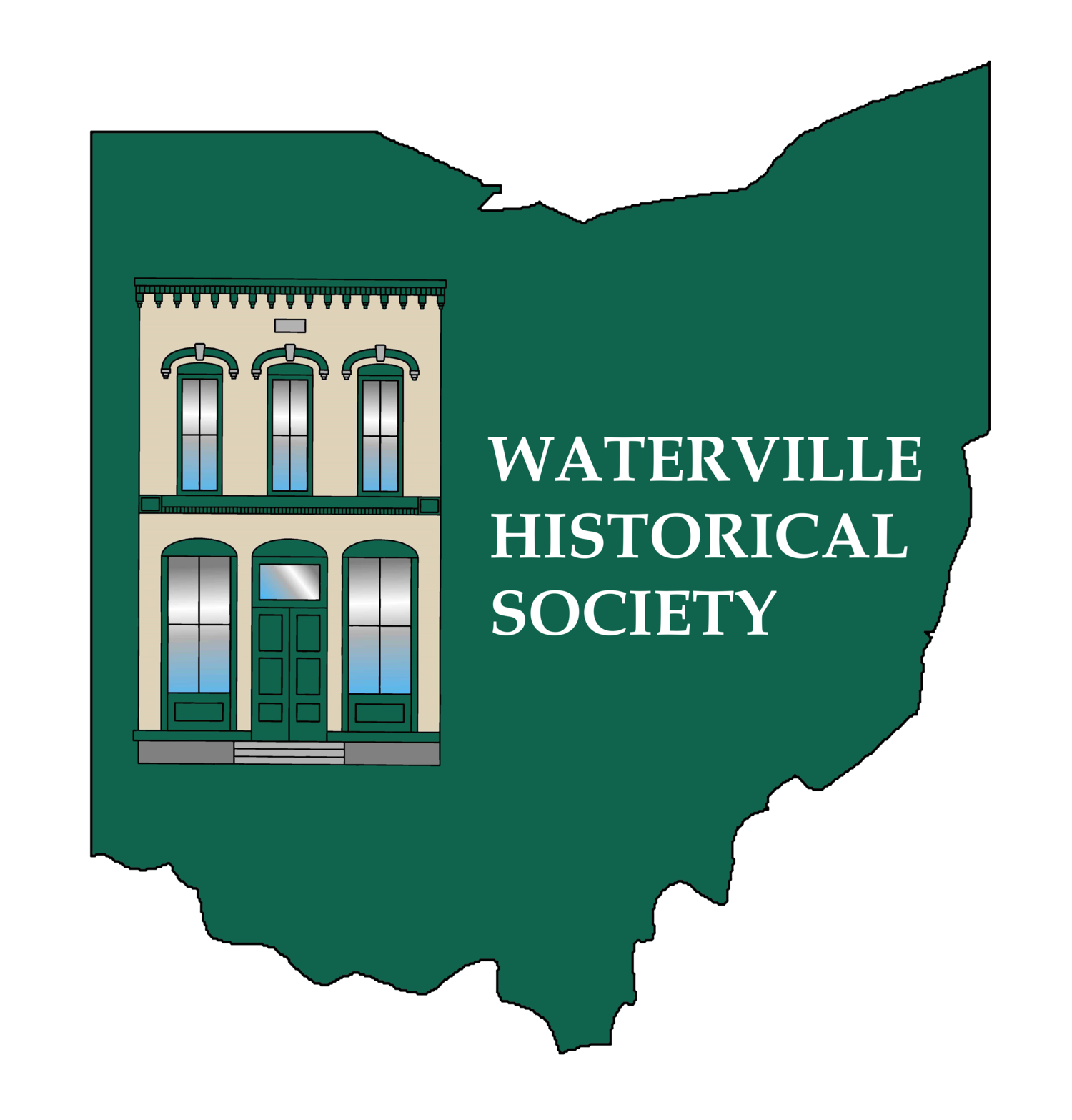Waterville History Detective - Mystery No. 2: The Cave
Recently a Waterville homeowner came to the archives to see if we knew anything about a “cave” that existed under his garage at the rear of his property. No record of such in the archives so Randy Studer went to check it out. What he found was an exquisitely made large underground room formed of limestone slabs laid up to form a weight-supporting arched ceiling possibly built in the 1800s. There was a large room about 41” x 18” x 16 ft. with a smaller room behind. There was a central ceiling vent and a floor level vent built into each side that could possibly have served as a chimney. A narrow stairway entered the room from the rear and there was a large opening built into the ceiling of the small room that is now covered over with a concrete driveway slab. Old canal photographs show a large barn on the property over the “cave.” It currently has a concrete floor with a drainage trough down the center to the outside. There was a dug well in one corner. The property backed to the early Miami and Erie Canal and may have had steps leading down to the canal.
Some digging in the archives revealed a February 27, 1953 newspaper article called “Down Memory Lane” written by George G. Cooper who grew up in Waterville in the late 1800s. He mentions “the old Beis home at North Street and the canal, just north of the Beis brewery.” The location was right so more checking on George Beis. We have heard that George Beis had a Brewery in Waterville as seen on the 1870 Waterville Township census stating he was a brewer and lived in that area. By 1880 he had moved to Providence Township and was a farmer. Possibly the brewery business wasn’t successful. From the A Standard History of Erie County by Hawson Lindsley Peeke, we find that George had learned the brewery business when he had an apprenticeship for the brewer’s trade in Galion, Crawford County, Ohio, at a time when the business was conducted on a much smaller scale. At that time they would make their own barrels so he became proficient in both brewing and coopering. We have read he engaged in the brewing business until 1873 when he bought land and became a farmer. The mystery is was this underground room used for the brewery and why was it so carefully built. Was it used for something else later after Mr. Beis left the area and moved to Providence Township?
Other possibilities still exist. Property records show that the property was owned by L.L. Morehouse and James Brigham before Beis. They were the builders of the great Pekin Mill on the canal and Third Street and had an extensive mercantile business from Waterville to Toledo. Perhaps Morehouse built the underground room for cool storage of produce or other goods to ship on canal boats. At this time we don’t know who so carefully built this underground room or why. There seems little doubt that the Beis Brewery used this site for some time but did he build it? What, if anything, was it after Beis left? So this mystery remains unsolved although we know much more than when we started.
